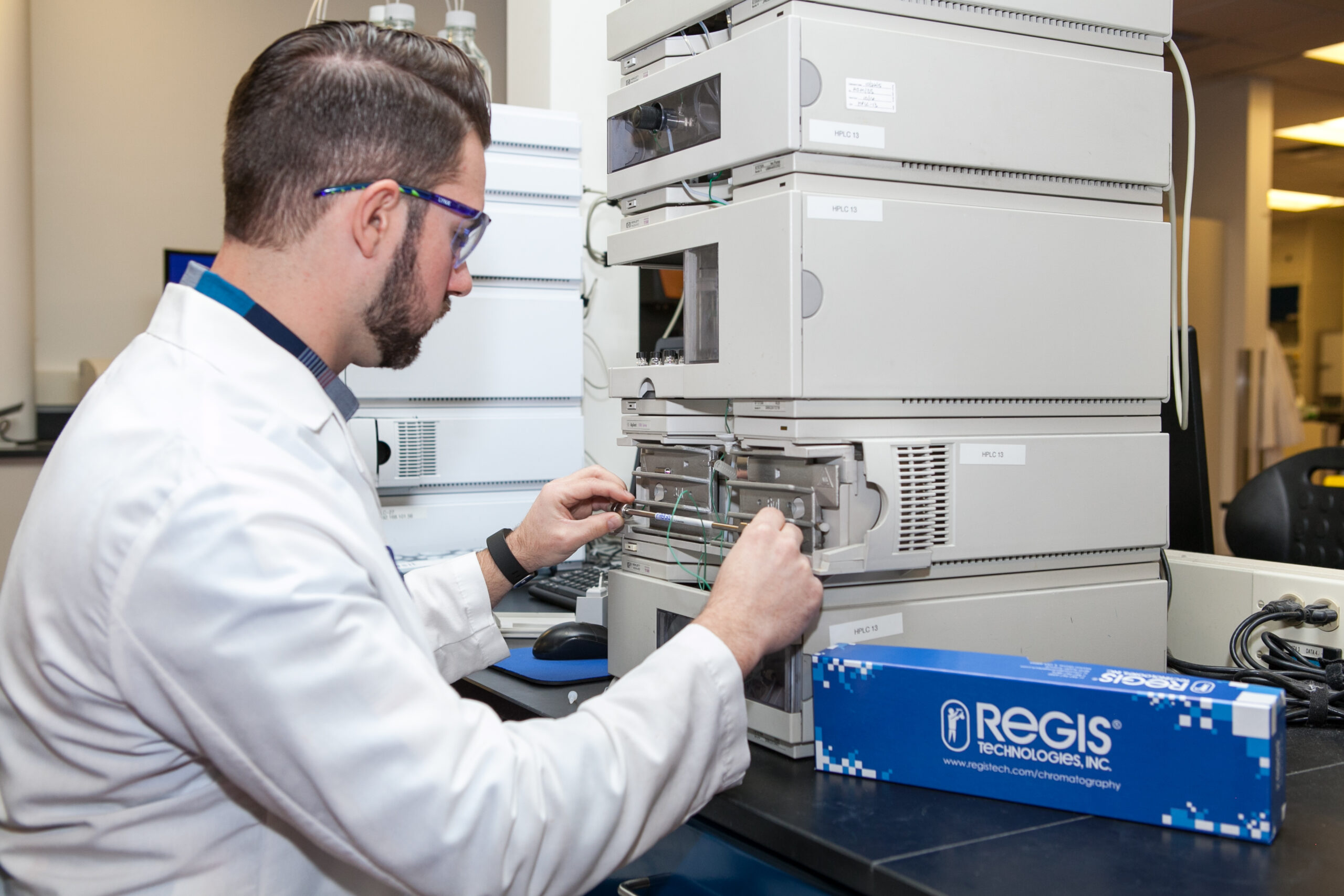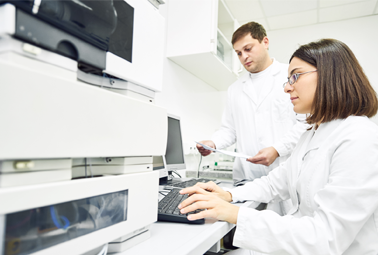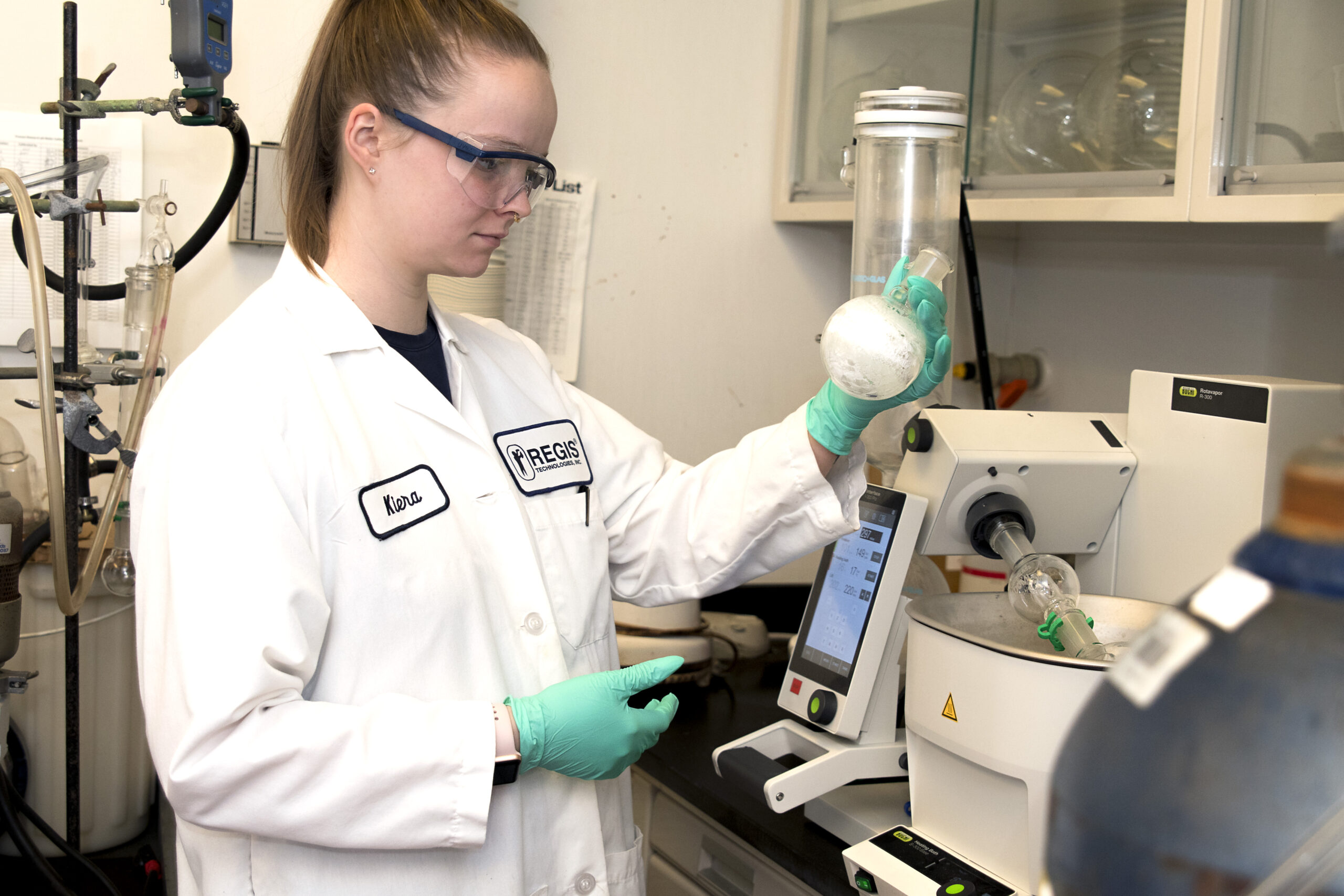In our last blog, we noted that chromatographers often wish that their HPLC separations were faster or that their peaks were better resolved. We discussed how using columns packed with sub-2 µm fully porous particles (FPPs) can help to achieve both of those goals, but that there’s a price to […]
In this article, we will be taking a deep dive into ICH Q14. Some of the topics that we’ll cover include the role of ICH Q14 and the main elements of analytical procedures. We’ll also detail exceptions and challenges. By the end of this article, you should have a better […]
As chromatographers, whether we’re working in the early stages of column screening or in the latter stages of method development and optimization, we often wish that our separations were: faster, more efficient with higher plate counts so we can achieve better peak resolution, or faster and more efficient. In this […]
Introduction Welcome to the third part of our process development blog series. If you haven’t had the chance to read the first and second parts of this series, The Role of Process Chemistry and Process Development: A Systematic Approach, you can do so by visiting our blog which is a […]
Introduction Welcome to the second part of our three-part blog series. If you haven’t read the first part of this series, The Role of Process Chemistry, you may do so by visiting our blog. In this article, we will share a systematic approach to process development and what this means […]





